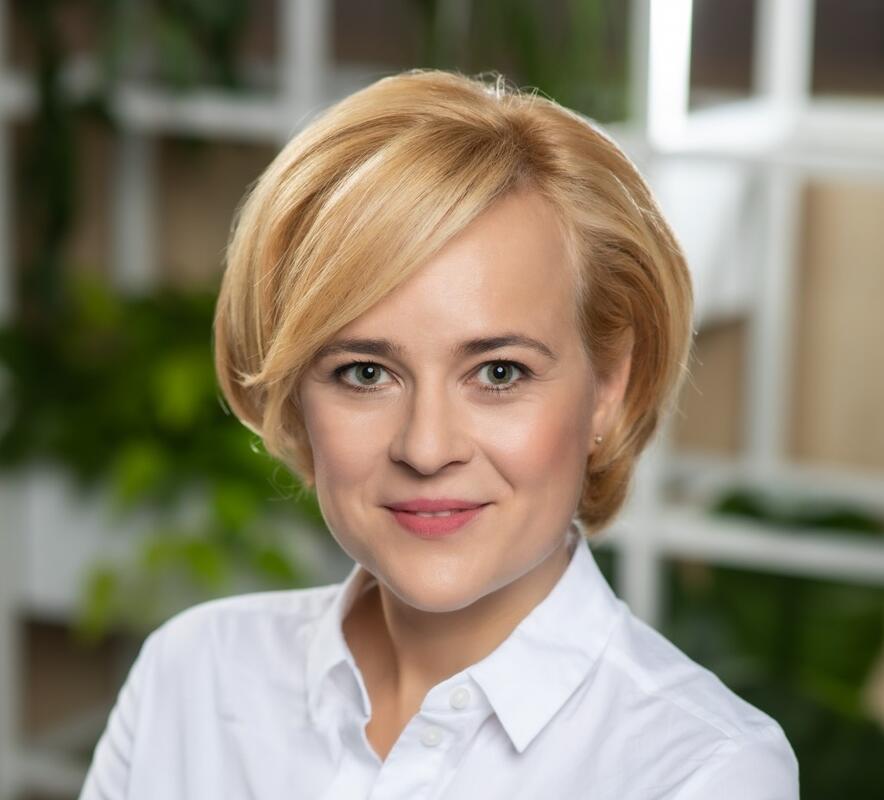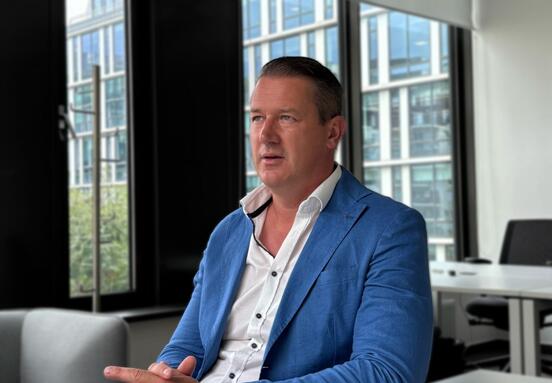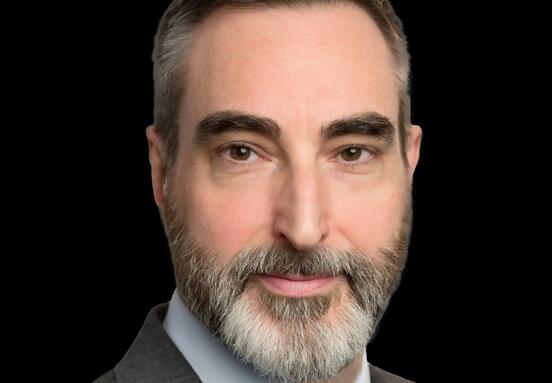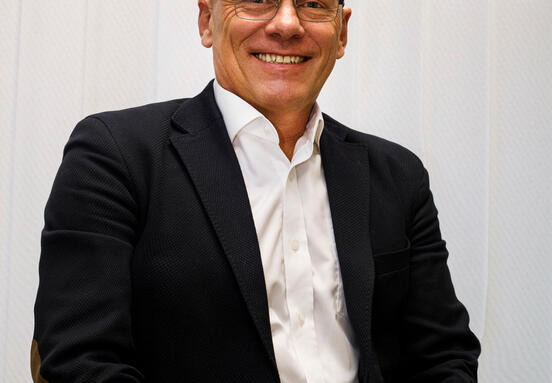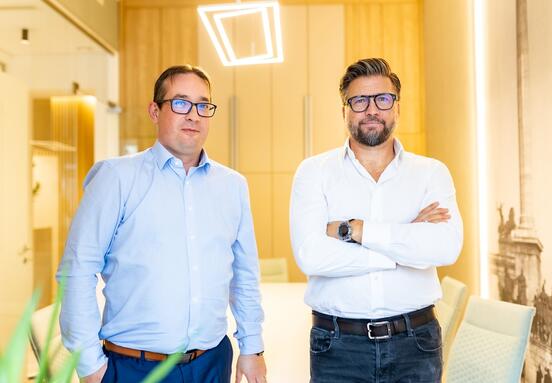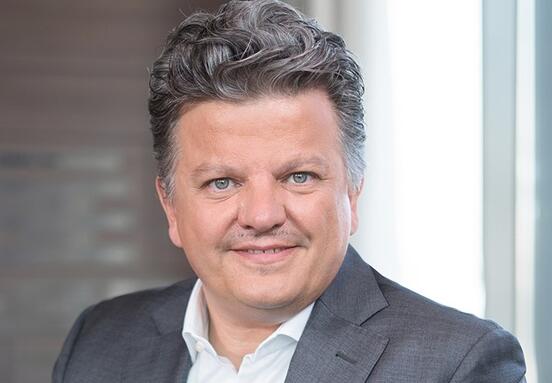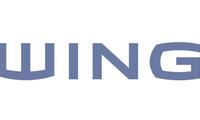What aspects became important in this hybrid era and how can the office environment provide a better alternative than working from home? We discussed these issues as well.
- What were the main changes you experienced in the office market over the last 3–5 years?
- The office market has undergone a major transformation in recent years. The COVID-19 pandemic, the increased use of hybrid working schemes and the combined impact of economic uncertainties have all brought about a major shift in attitudes. These days it’s not only the location and square metres that matter, but also the added value that the office can offer to the employees and the organisation. With the fluctuation of energy prices, and the focus shifting to the global economic situation and the ESG considerations, tenants are now more conscious of their energy consumption and energy efficiency, and they expect office buildings to be responsive to changes affecting their operations. Companies are now more deliberate, more cautious, more aware and appreciative of their own operations, and are looking for the right office solution tailored to their needs. Flexibility has become a key requirement – not only in respect of the lease term, but also in terms of space and office services. The term of lease contracts is also adapting to these changes: while 7–10 year commitments were common in the past, 3–5 year lease terms are more common today. However, it is important to note that the volume of the lease activity has already reached pre-pandemic levels. The market was thriving in the first quarter of this year, with new contracts signed in almost all WING office buildings.
- How did the expectations of tenants regarding their office environment change since the pandemic? What type of office designs are most in demand?
- The biggest change is that companies now see office space not only as a classic workplace, but also as a kind of community space, a meeting place. The explicit aim of companies is for their headquarters to express who they are, to show a sense of identity and to foster a sense of cohesion between employees. Accordingly, the new offices will have fewer workstations but more emphasis on communal spaces such as lounges and kitchens. The popularity of terraces and interior gardens has also grown significantly – often furnished with premium quality furniture. The flexibility of space has become a standard feature: movable partitions allow rooms to be easily divided into smaller or larger units to suit changing needs. These days a functional, adaptable space is worth more than ever. This approach is evident in our Liberty Office Building rated Excellent by BREEM, which is characterised by outstanding community features and people-centric spaces. Furthermore, let me mention RTL Hungary’s new downtown base in the Liget Center, where historic environment and brand new technology go hand in hand.
- How does hybrid working affect the demand side of the office market?
- The hybrid model did not drastically reduce the demand for office space, but rather transformed it: in Hungary, companies typically permit their employees 1 or 2 days of home office work a week, therefore office use has fallen by around 10–20%. Companies are looking for smaller, but more usable spaces and multifunctional solutions. Most companies now consider personal presence important not only for economic reasons, but also for organisational cohesion. Office presence continues to play a key role in reducing turnover and boosting employee engagement, putting the role of offices in a new light: it is no longer about ensuring a permanent presence, but about supporting meetings, collaboration and organisational culture.
- What role does the rise of digitalisation and smart solutions play?
- Digitalisation is no longer an option, it is now a basic requirement. WING’s developments incorporate smart office solutions early on from the design phase: digital access systems, sensor-based space analysis, energy consumption management, digital meeting room reservation and lighting control. Both our Liberty and HOP Technology Office Park projects use systems that support data-driven operations, which is particularly important with the ever-changing demands of hybrid working. Digital management of car parking or guest reception through applications are also other ways of supporting efficient operation. It is interesting to note, however, that the majority of tenants still consider the presence of a reception area and reception staff to be essential, which shows that, in addition to technological solutions, personal communication remains valuable in modern office spaces.
- ESG is an inescapable topic today. Which aspects are in focus? How can ecological footprints be measured and reduced?
- These days the vast majority of tenants, particularly international companies, consider ESG a basic requirement and expect office buildings to be green certified. Particular attention is paid to the proportion of renewable energy, the level of energy consumption and the amount of green space. Furthermore, there is an increased request for carbon footprint and sustainability reports. It is also important for tenants that the company they enter into a long-term partnership with communicate in a comprehensive and credible way about its ESG activities – be it CSR programmes, sustainability objectives or transparency. Liberty uses 28% renewable energy, all tenants receive green electricity, and district heating is partly supplied from renewable sources. In the case of the Liget Center, we were also able to achieve excellent energy efficiency indicators. The brand new Liget Center Vitrum, part of the complex, has a near-zero energy requirement along with extensive vertical green spaces. The building offers state-of-the-art technical features for tenants looking for exclusive office space downtown, or even a suitable location to host their entire headquarters. All this at a unique location, opposite the City Park (Városliget). However, as part of our sustainability strategy, we find it important not only to develop new buildings but also to modernise already existing ones. HOP is a great example: in an old industrial complex on the edge of downtown Budapest, we are creating energy-conscious, modern office spaces and a technologically developed environment for companies active in Industry 4.0 industries. The office park is home to companies such as TÜV Rheinland, TK Elevator, Valeo and Yunex Traffic. Earlier this year, we delivered Lightware’s new headquarters on the campus, which was created by restoring a more than 50-year-old building. In addition to the office functions, the building also houses the company’s logistics centre and product development base, and we were successful in reducing carbon emissions significantly by keeping the existing structure.
- What kind of long-term trends could shape the office market until 2030?
- The office of the future will be sustainable, service-based, people-centric and, last but not least, comfortable. In addition to the integration of technological innovations and sustainability, the main focus will be on employee experience, as the office is not only a place for working, but also a place for building corporate culture and community. International tenants are now more likely to look for ESG-compliant buildings, consequently ‘A’ class, but not state-of-the-art buildings could be squeezed out of the market if they cannot keep pace. This is a challenge but at the same time also an opportunity for developers and operators.
- The current volatile economic situation is also affecting the office market. Was WING able to reach its targets in the first quarter of this year?
- The first three months of this year were particularly active in the market. I am pleased to say that WING has let a total of nearly 6,000 square metres of office space in the first quarter, 80% of which is occupied by new tenants. This shows that companies are still looking for quality, well-run spaces, even if they conclude contracts based on more cautious considerations. In addition, we have succeeded in signing new tenant agreements in almost all of our office buildings, which demonstrates the diversity of our portfolio and our adaptability to the market: from category C to A++, we can offer befitting solutions in a wide range of locations.
- What differentiates WING from its competitors in the office market?
- WING is not only a developer, but also a partner. The relationship with our tenants does not end with signing the contract – we think together, plan together and support them for the long term. In addition, we not only function as a lessor, but also as a developer and investor in the market, which provides us with complex knowledge. A classic example of this is our built-to-suit development model, where we create an office that is completely tailored to the tenant’s needs, like in the case of RTL Hungary or Lightware headquarters. There are very few options like these available in Budapest today. WING aims to create spaces that are commercially efficient, sustainable and comfortable to work in. We believe that the office of the future is not just a workplace, but an experience and a long-term asset as well.
Irodakereso.info
